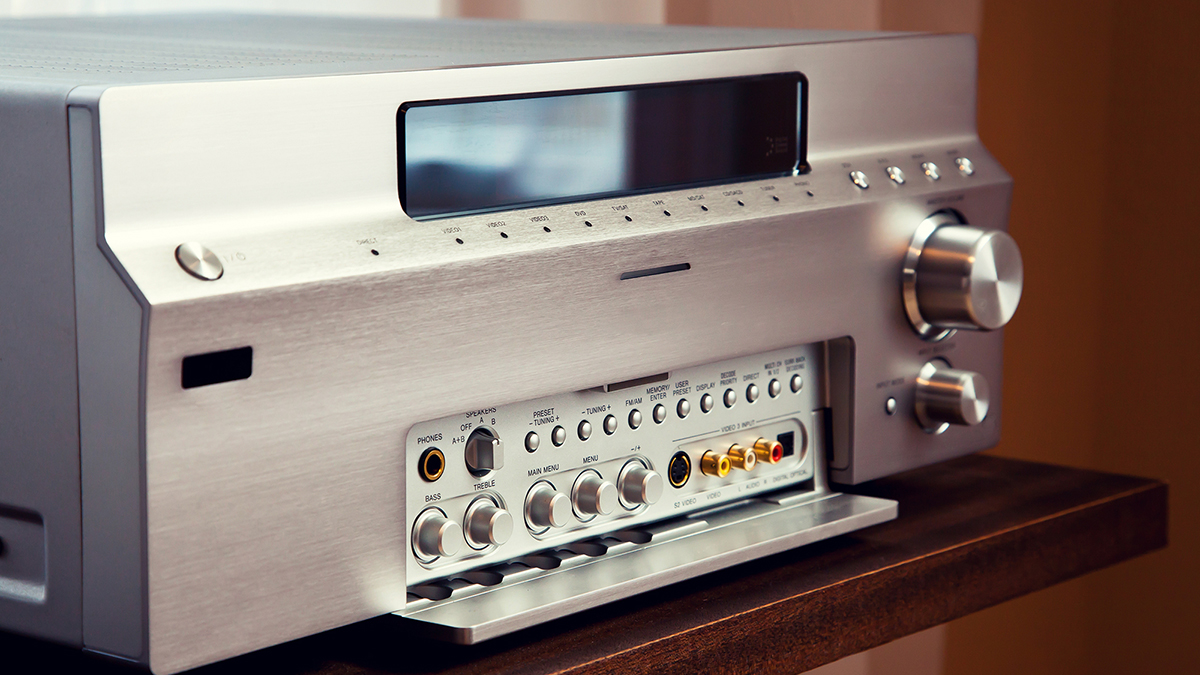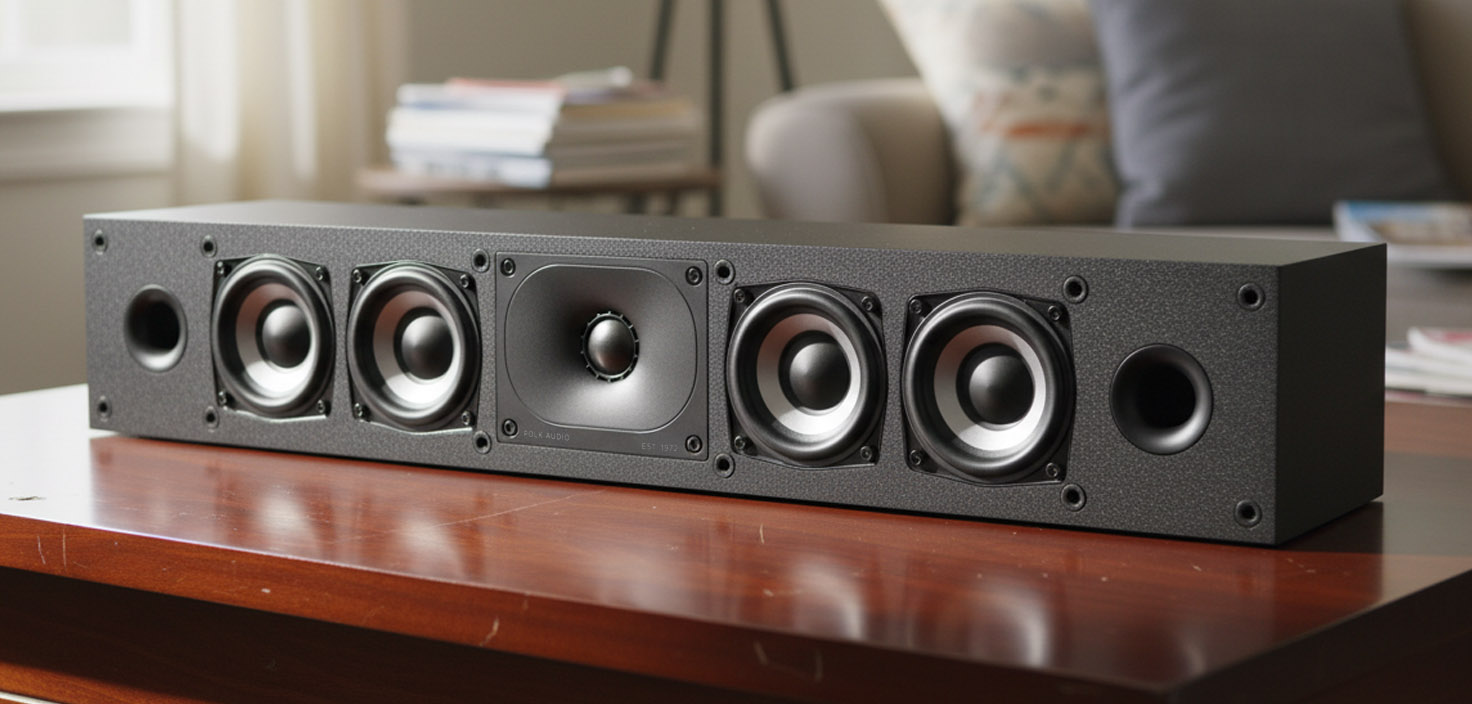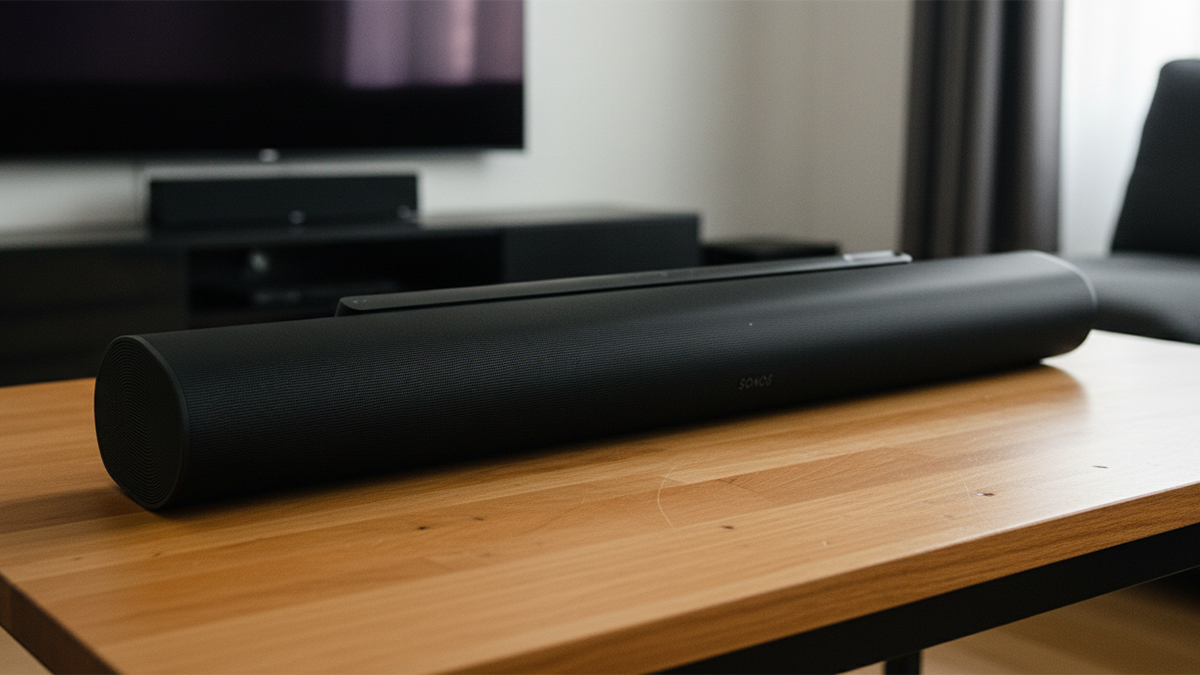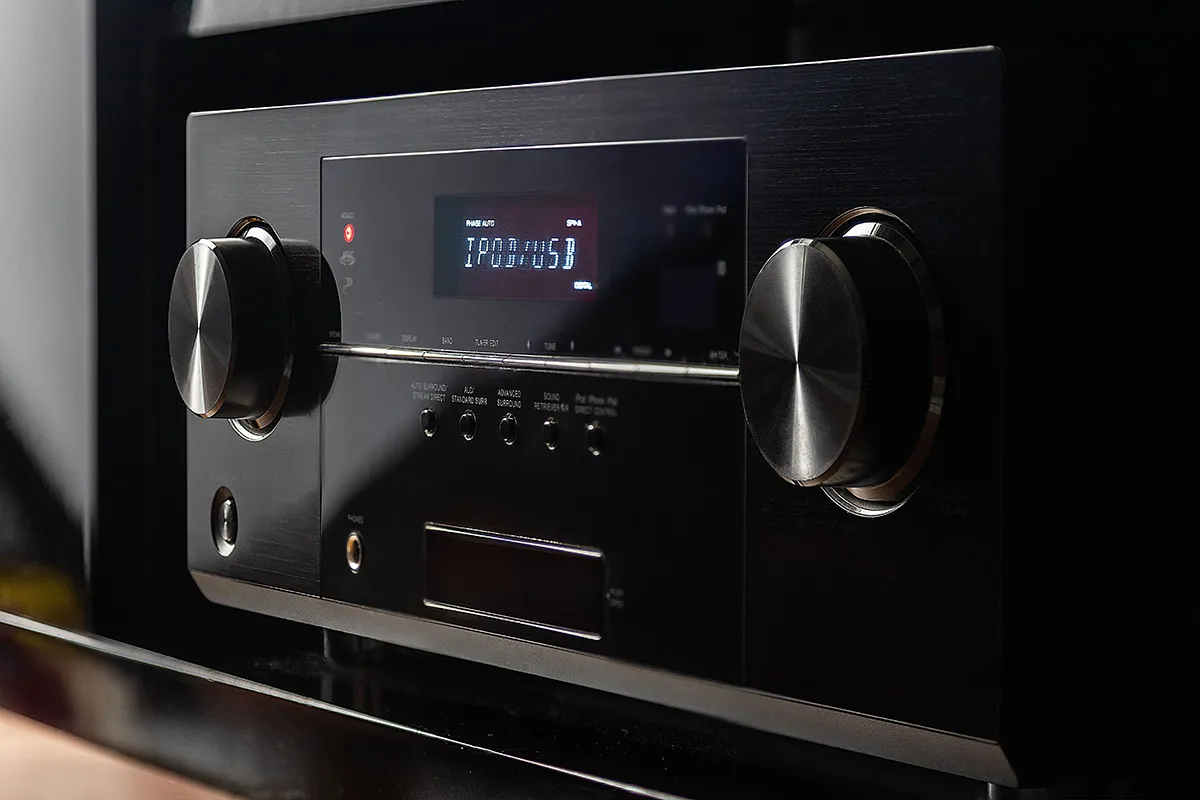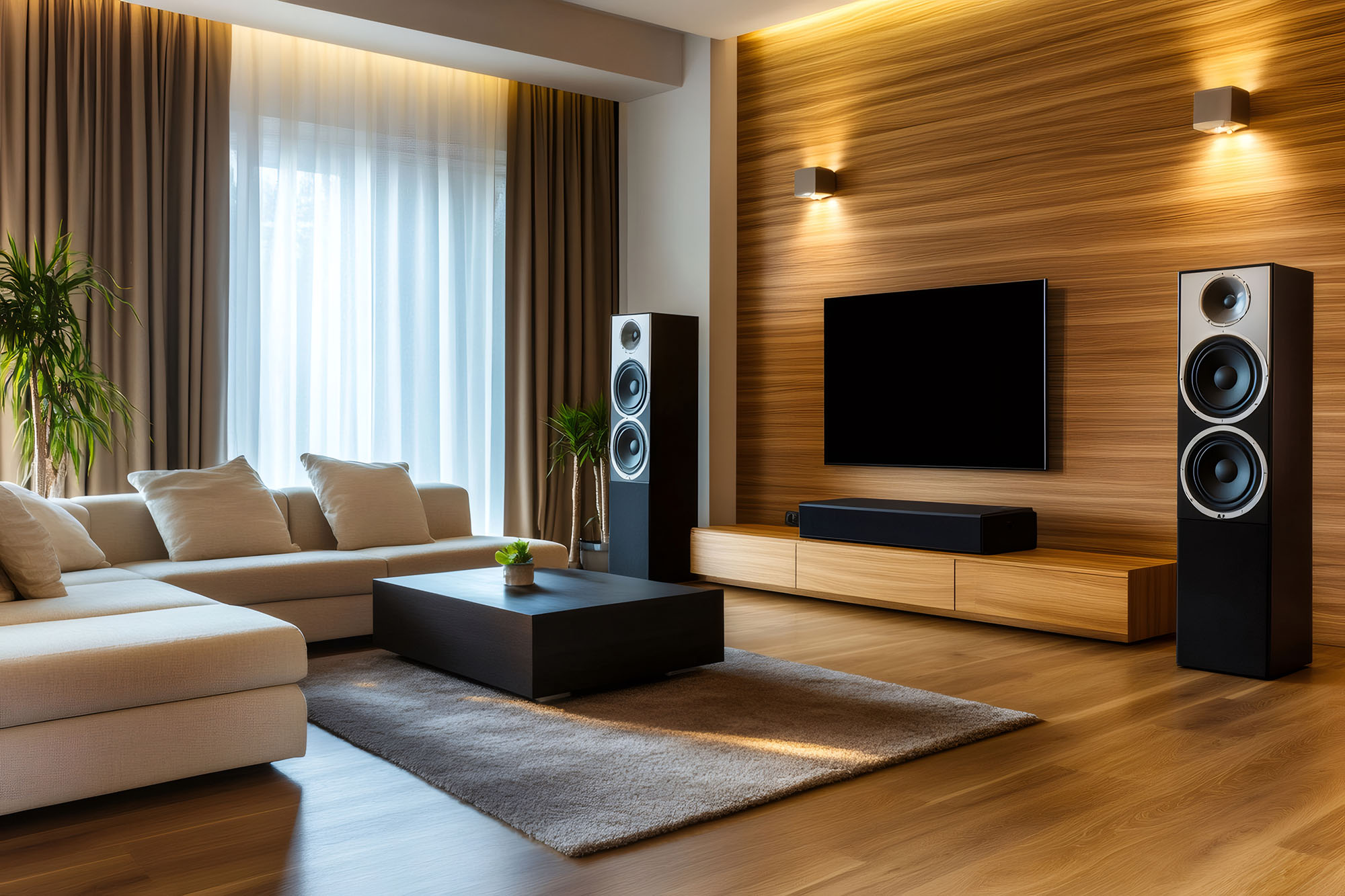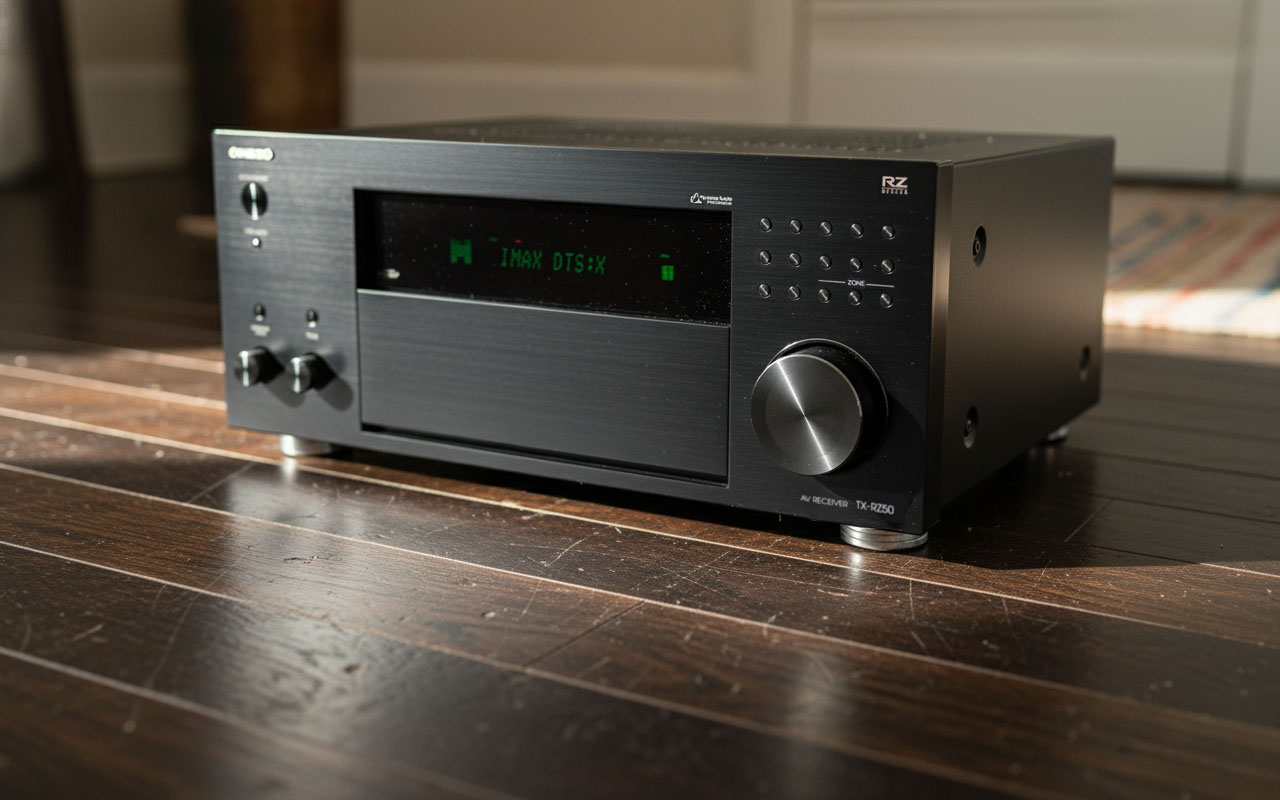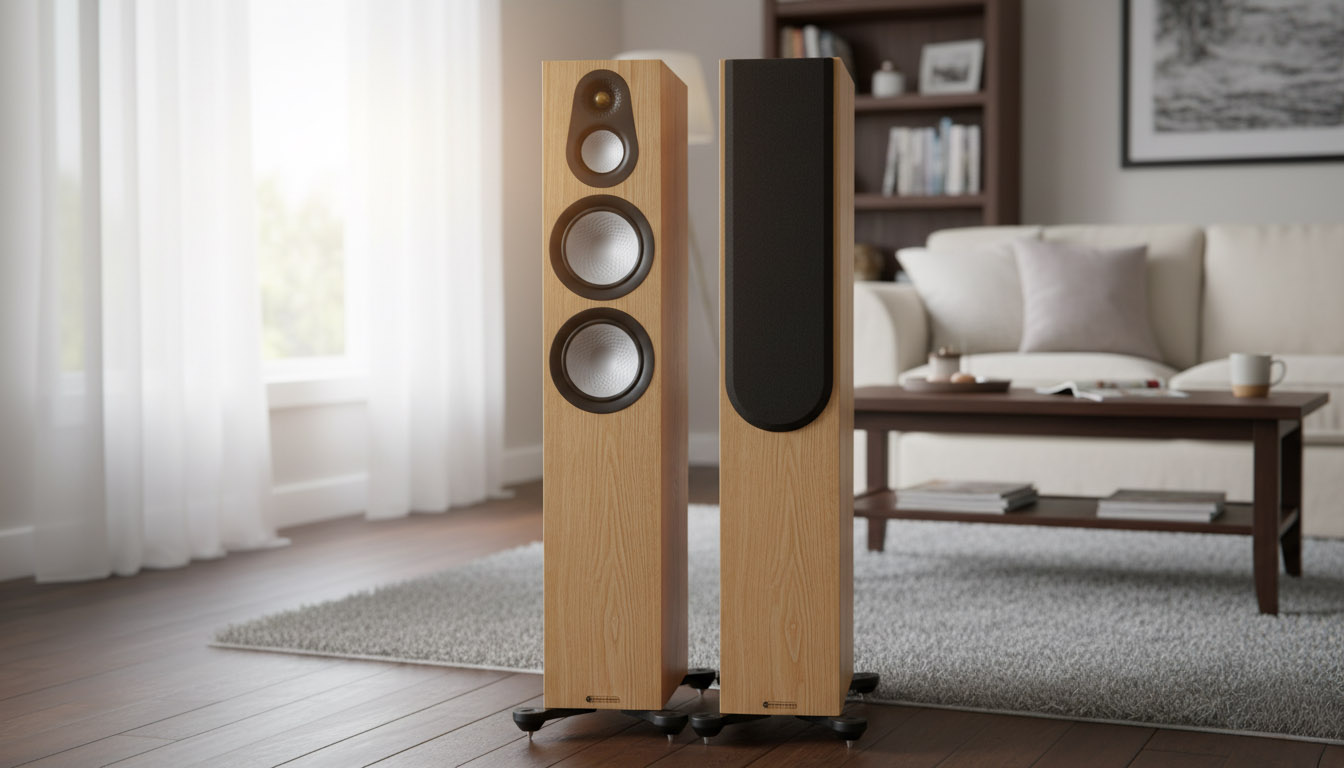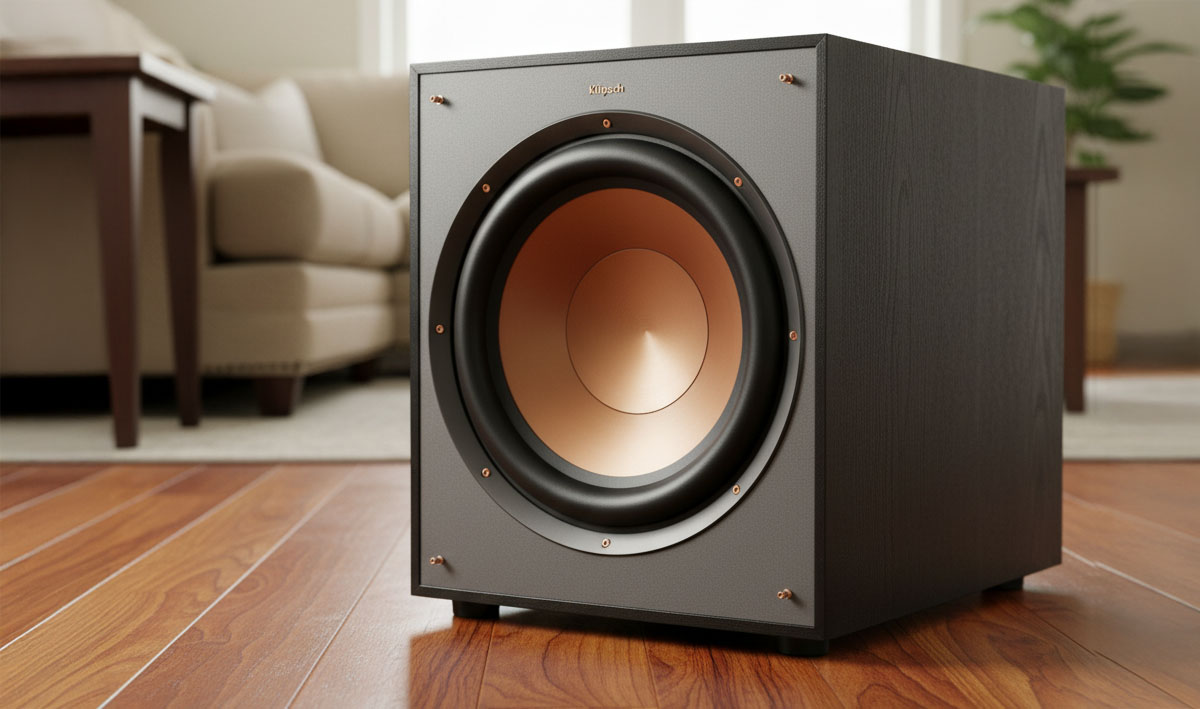If your receiver is old enough to be in middle school, it’s time to ask a slightly uncomfortable question. Is it still doing the job, or is it quietly limiting what your TV, speakers and sources can actually do?
For many people, a 10 year old receiver still powers on and makes sound just fine. The problem isn’t basic functionality. The problem is everything that has changed around it: HDMI standards, audio formats, room correction, gaming features and day to day usability. Put next to a modern TV and sources, an older AVR can turn into the weakest link very quickly.
HDMI: where older receivers usually fall apart
Ten years is a lifetime in HDMI terms. A lot of receivers from that era top out at HDMI 1.4 or early 2.0. That often means:
- No or limited 4K at proper frame rates
- No HDMI 2.1 gaming features like 4K at 120, variable refresh rate or auto low latency mode
- No eARC, so TV apps cannot send full quality lossless audio back to the receiver
Modern midrange models, even on the entry side, now ship with multiple HDMI 2.1 inputs and 8K or 4K at 120 support. For example, Denon’s AVR S770H includes three 8K capable HDMI inputs, 7.2 channels and support for Dolby Atmos in a compact chassis designed for mid size rooms. Yamaha’s RX V4A offers 5.2 channels, 8K and 4K at 120 compatibility, app control and MusicCast streaming in an affordable package.
If you’re routing everything through the TV because the receiver’s HDMI board can’t handle today’s sources, that’s a sign the AVR is out of step with the rest of your system.
Audio formats you might be missing
When many 10 year old receivers were new, Dolby TrueHD and DTS HD Master Audio on Blu ray were the big headline formats. They still sound great. The issue is what has happened since.
Most older AVRs either don’t support object based formats like Dolby Atmos and DTS X at all, or support them in a very limited way with fewer channels and less flexible layouts. Newer receivers are built with immersive audio in mind from the start. Even relatively affordable designs now offer 7.2 or 5.2.2 Atmos layouts as a baseline, with step up models pushing into 9 channels and beyond.
If you are watching Atmos content from streaming apps or discs but feeding it into a receiver that cannot decode or properly render it, you are simply not hearing everything in the mix.
Room correction has moved on
Room correction is one of the biggest practical upgrades in modern AVRs. Earlier systems often did basic level and distance checks with fairly low resolution EQ. Today, brands lean hard into more powerful processing and better measurement.

Denon and Marantz use advanced Audyssey variants with higher resolution filters and optional software tools for deeper tuning. Onkyo has embraced Dirac Live room correction in models like the TX NR7100, which brings sophisticated frequency and time domain adjustments plus THX certification. Anthem’s MRX series couples its own ARC Genesis system with serious amplification for listeners who want to take measurement and correction even further.
In real rooms, these tools can mean the difference between boomy, uneven bass and tight, controlled low end, as well as clearer dialogue and a more consistent sound field across seats.
Power and speaker handling
On paper, the watt numbers for an older receiver might not look far off from a new model. In practice, a decade of design improvements in power supplies, protection and thermal management make newer units more capable with challenging speaker loads and multi channel playback.
Modern midrange receivers commonly support dual subwoofer outputs, more flexible bass management and more honest power ratings across multiple channels. Denon’s AVR X2800H, for example, offers 7.2 channels at 95 watts per channel with full 8K support and dual sub outputs, aimed squarely at medium size rooms. Marantz’s Cinema 60 adds 7.2 channels at 100 watts, HEOS streaming and 8K HDMI in a design focused on both movies and music.
If you upgraded your speakers but kept the same old receiver, you might not be hearing what those speakers are really capable of.
Everyday usability
Usability is often where an aging AVR hurts most, even if the owner cannot articulate why.
Newer receivers typically add:
- Clearer on screen setup guides
- Better input labelling and control apps
- More reliable HDMI behavior with modern TVs
- Features like voice assistant support, streaming integration and presets
Sony’s STR AN1000, for instance, combines 7.2 channels, full HDMI 2.1 support and 360 Spatial Sound Mapping with a modern UI and app control, making it friendlier for mixed use households that game, stream and watch movies.
If the system feels fragile or confusing enough that nobody else in the house wants to touch it, that’s a strong argument for an upgrade.
What to upgrade to: examples at each level
If you decide your 10 year old receiver really is holding you back, the next question is what to replace it with. Here are some example models across different budget levels from Yamaha, Sony, Onkyo, Denon, Marantz and Anthem.
Entry level: modern features without going overboard
For smaller rooms or simpler setups, focus on solid HDMI 2.1 support, basic Atmos and ease of use.
- Yamaha RX V4A – A 5.2 channel receiver with 8K and 4K at 120 support, MusicCast streaming, app control and all the core HDMI features most people need.
Full Review - Denon AVR S770H – A 7.2 channel design with three 8K ready HDMI inputs, Atmos and DTS X support and HEOS streaming, ideal for a 5.2 or 5.2.2 system in a mid size room.
These models are a big leap over typical 2010 era receivers in HDMI flexibility, streaming, room correction and format support, without demanding a full system rebuild.
Mid level: more channels and more refinement
If you want to run Atmos with height speakers, larger rooms or more demanding speakers, mid level models offer stronger amplification, more channels and better processing.
- Denon AVR X2800H – 7.2 channels at 95 watts per channel, 8K Ultra HD, Dolby Atmos, DTS X and HEOS built in make it a very capable hub for most living room theaters.
Denon AVR-X2800H Review - Sony STR AN1000 – 7.2 channels with 8K and 4K at 120, Dolby Atmos and DTS X, plus Sony’s 360 Spatial Sound Mapping for more immersive sound even with fewer physical speakers.
Sony STR AN1000 Review - Onkyo TX NR7100 – A 9.2 channel THX certified receiver with full band HDMI 2.1 on its inputs, Dirac Live room correction and configuration options for 5.1.4 or 7.1.2 Atmos layouts.
- Marantz Cinema 60 – 7.2 channels at 100 watts with 8K support on multiple HDMI inputs, HEOS streaming and the characteristic Marantz tuning aimed at both film and music lovers.
- Yamaha RX A4A – Part of Yamaha’s Aventage line, this 7.2 channel receiver combines 8K HDMI, Dolby Atmos, advanced YPAO room calibration and MusicCast in a more upscale chassis.
Any of these will feel like a substantial upgrade from an older 7 channel HDMI 1.4 era receiver.
High end: for bigger rooms and bigger systems
For large spaces, more aggressive speaker layouts or those who want room correction and processing at a higher level, there are several strong options.
- Denon AVR X3800H / AVR X4800H – Both offer 9.4 channels of amplification, multiple 8K HDMI inputs and support for Dolby Atmos, DTS X, IMAX Enhanced and Auro 3D, with Dirac Live readiness on the X4800H for more advanced room correction.
Denon AVR X3800H Review - Marantz Cinema 50 – A premium 9.4 channel receiver with 110 watts per channel, 8K processing on all HDMI inputs, Audyssey MultEQ XT32 and Dirac Live compatibility, positioned for higher end home theaters.
- Anthem MRX 540 / MRX 740 – Anthem’s MRX line focuses on sound quality and room correction with ARC Genesis, multiple 8K HDMI inputs and robust amplification, making them a strong choice for enthusiasts who want to lean into measurement based tuning.
- Yamaha RX A6A – A 9.2 channel Aventage receiver with 8K and 4K at 120 support, advanced YPAO, Surround AI processing and substantial power, aimed at serious multi purpose theaters.
These are the kinds of models that not only replace an aging AVR, but also open the door to larger Atmos layouts, multiple subwoofers and more ambitious systems.
When it’s time to move on
You don’tt have to replace a 10 year old receiver just because it is old. If you watch mostly basic 5.1 content, don’t care about Atmos or gaming features and are happy with how everything works, you can absolutely keep running it.
But if you’ve upgraded to a modern TV, added new sources, want immersive audio or find yourself constantly working around the receiver’s limitations, then yes, that older AVR is holding your system back.
In that case, picking a new model at the right level from Yamaha, Sony, Onkyo, Denon, Marantz or Anthem is less about chasing specs and more about letting the rest of your gear finally show what it can do.
Teksignal.com participates in the Amazon Services LLC Associates Program, an affiliate advertising program designed to provide a means for sites to earn advertising fees by advertising and linking to Amazon.com. The reviews on this site are hands-off consensus reviews. We analyzed owner feedback across the internet and manufacturer documentation. We summarize sentiment; we do not republish individual user posts.

